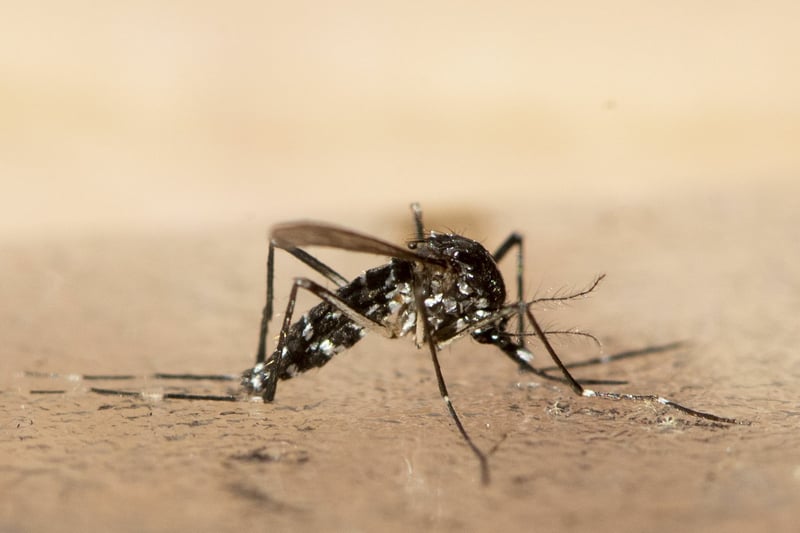
Introduction
The chikungunya virus is an arbovirus transmitted primarily by mosquitoes, specifically Aedes aegypti and Aedes albopictus. Recent outbreaks across the globe have raised alarms, particularly with reports emerging from China. This topic is significant as it poses potential risks to public health and emphasizes the importance of mosquito control and disease awareness in preventive healthcare strategies.
Current Situation in China
As of October 2023, China has reported an increase in cases of chikungunya, particularly in southern regions such as Guangdong and Hainan. The National Health Commission has confirmed over 200 cases since the beginning of the year, marking the first rise in the incidence of this mosquito-borne disease in the country for several years. Local health authorities are deploying resources to monitor and control the spread of the virus.
Symptoms of chikungunya include fever, severe joint pain, headache, muscle pain, rash, and fatigue, resembling those of other similar infections such as dengue and Zika. The disease, while rarely fatal, can lead to long-lasting joint pain, significantly affecting quality of life. This has highlighted the necessity for continued vigilance and public health measures to mitigate the risk of further spread.
Response Measures
In response to the rising cases, the Chinese government is implementing a series of mosquito control measures, including the use of insecticides, public education campaigns about mosquito prevention, and surveillance of mosquito breeding sites. Health officials are urging citizens to eliminate standing water around their homes and to use mosquito repellent, particularly during the warmer months when mosquitoes are most active.
Healthcare providers are being trained to recognize signs of chikungunya to ensure timely reporting and management of cases. Furthermore, partnerships with research institutions are being enhanced to study the virus’s transmission dynamics and develop potential vaccines.
Conclusion
The emergence of chikungunya virus cases in China serves as a reminder of the ongoing threats posed by mosquito-borne diseases. As global climate changes create more favorable conditions for these diseases to spread, future outbreaks may become more common. Public health officials underscore the importance of preventive measures, timely medical intervention, and community awareness to mitigate this growing concern. As we move through the year, the impact of these recent developments will likely serve as a catalyst for reinforcing public health infrastructure and response frameworks.



